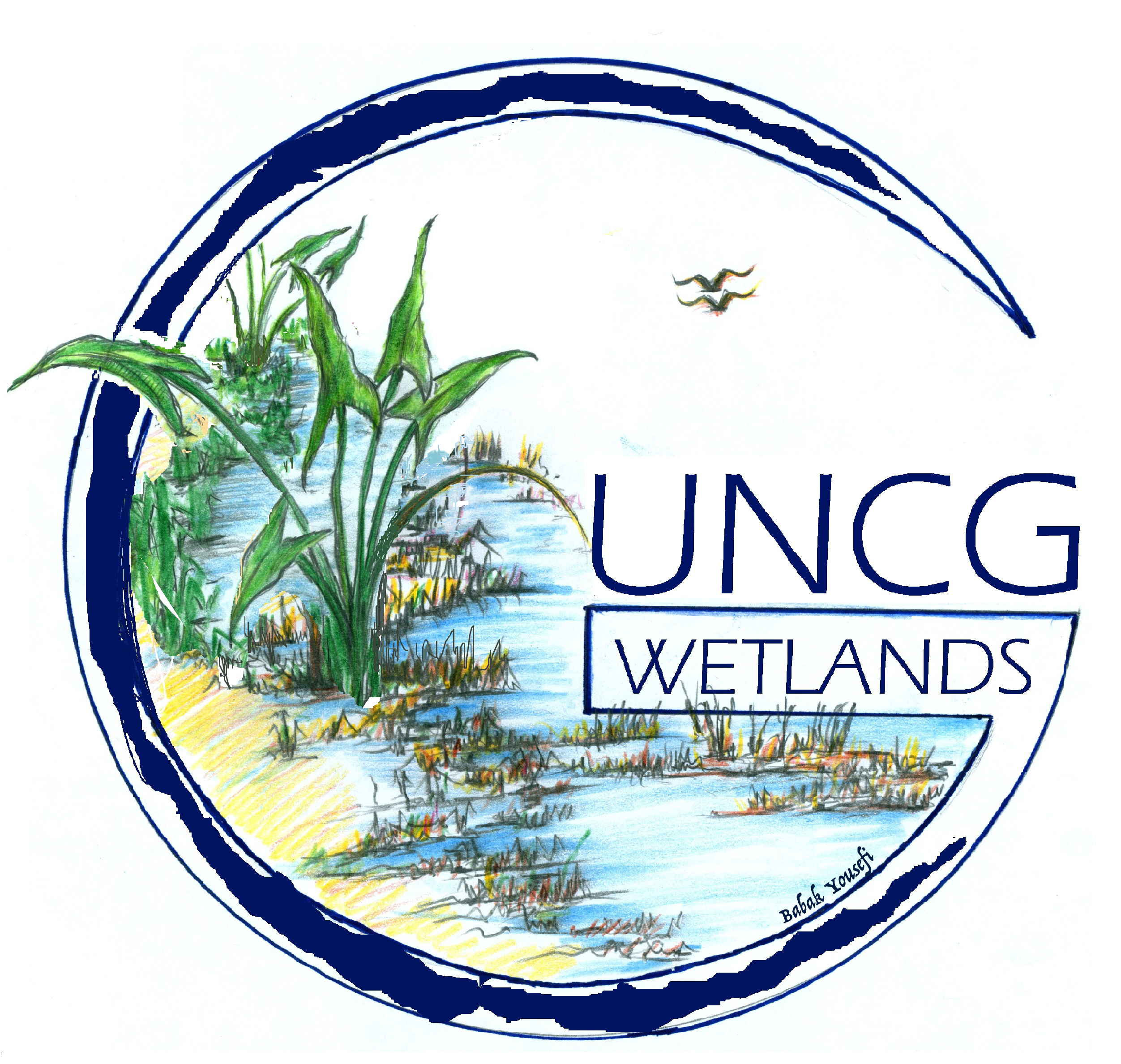UNCG Biology Environmental Health Sciences Ph.D. candidate Kristina Morales’s abstract for the 2022 Society of Wetland Scientists
Title: Methylmercury (MeHg) and artificial wetlands: Do invertebrates in and around constructed artificial wetlands have elevated concentrations of MeHg?
Authors: Kristina Morales, Martin Tsui, Jim Coleman, Malcolm Schug
Abstract:
Artificial wetlands are common features of urban landscapes and are widely used in restoration because they improve water management, storage, and pollution control. Although widely used, artificial wetlands are not generally closely monitored. A consequence of insufficient monitoring is that little is known about the production, distribution, and transfer of toxic methylmercury (MeHg) in these systems. Previous studies show increased MeHg concentrations in and around artificial wetlands, potentially contaminating aquatic systems and nearby riparian food webs.
Our previous study investigated Hg concentrations in water and sediment samples collected from 2017 to 2020, finding seasonal trends and distinct differences in MeHg production between two wetlands on the urban campus of the University of North Carolina at Greensboro. This project investigates the presence of MeHg in invertebrates inhabiting these two wetlands and the surrounding terrestrial forest to quantify the lateral movement of MeHg.
Samples of aquatic and terrestrial macroinvertebrates were collected and freeze dried from the wetlands and surrounding forest area using light traps, pitfall traps, and direct sampling. MeHg content of these samples will be measured by using cold vapor atomic fluorescence spectroscopy (CVAFS). Samples are also being analyzed for stable carbon and nitrogen isotope ratios to characterize energy sources and trophic positions, respectively. We believe the results of this study will inform future management and construction practices of artificial wetlands. The results will provide data on the potential of constructed wetlands to facilitate elevated MeHg concentrations in urban watersheds.
Contact Information:






